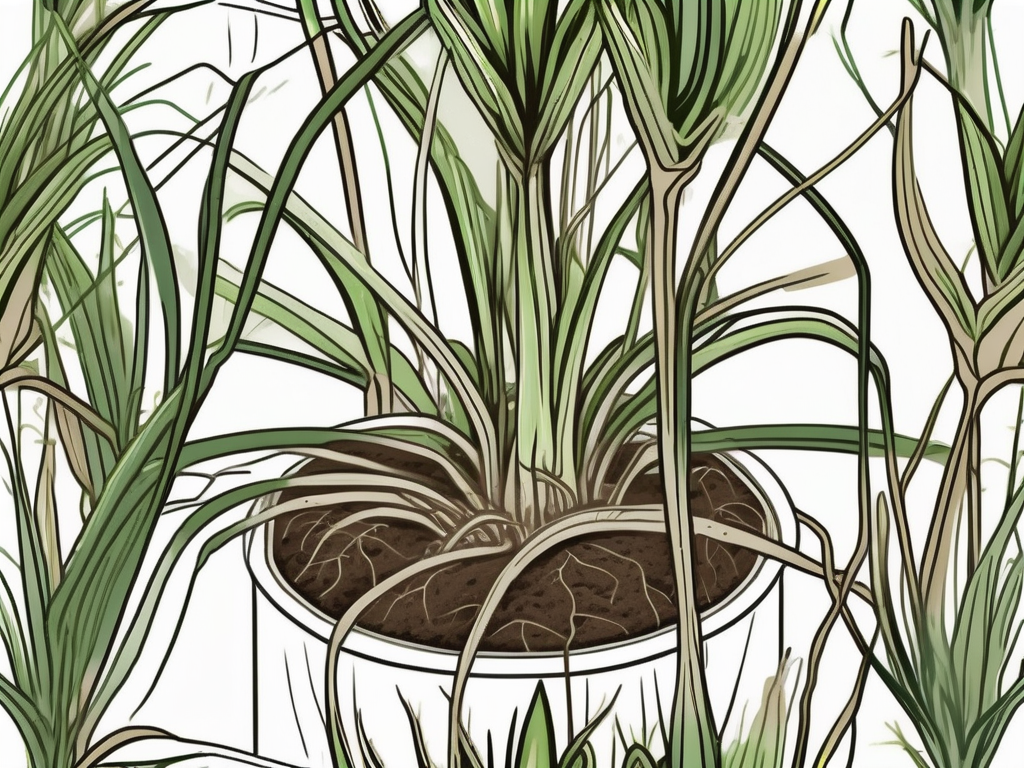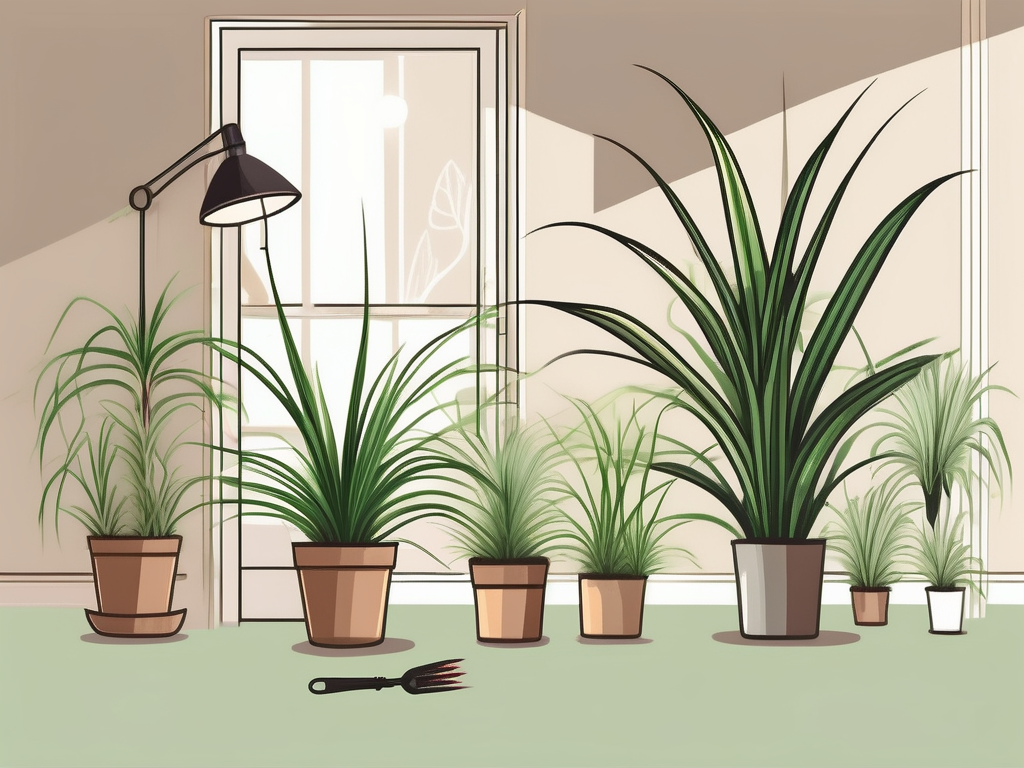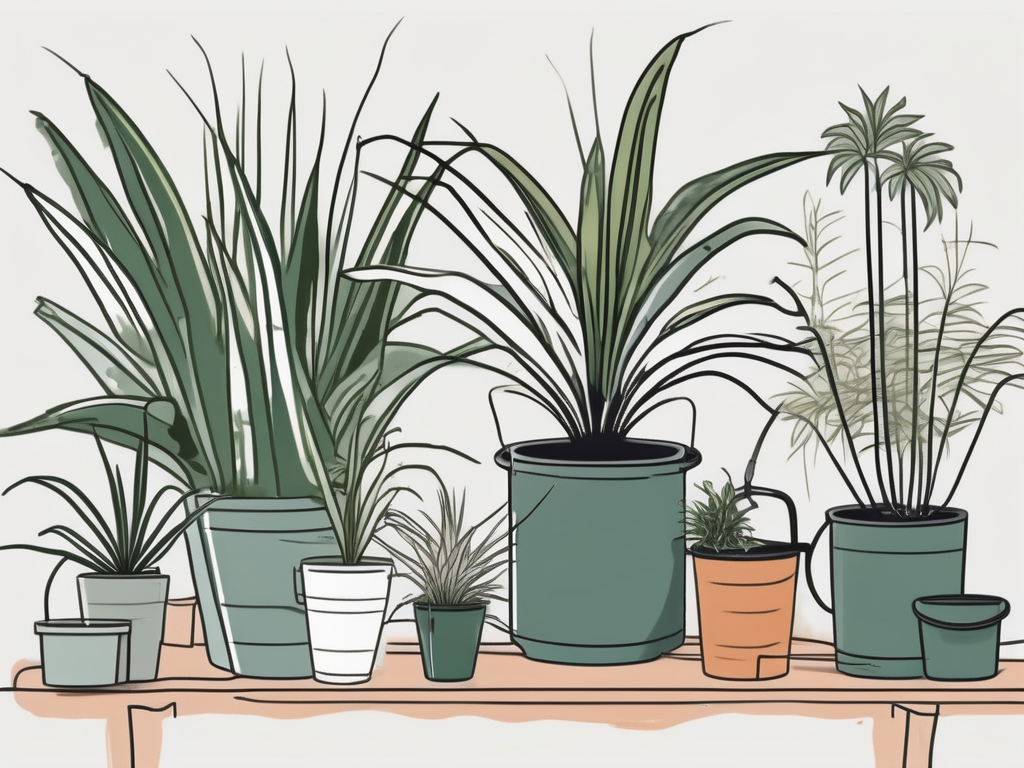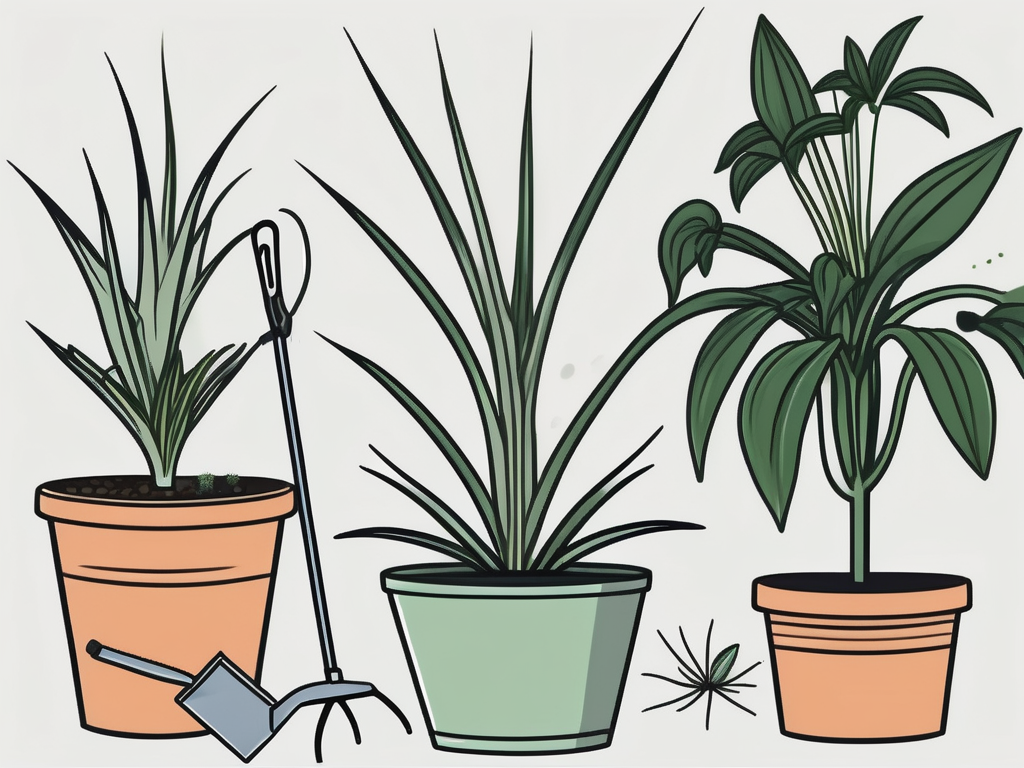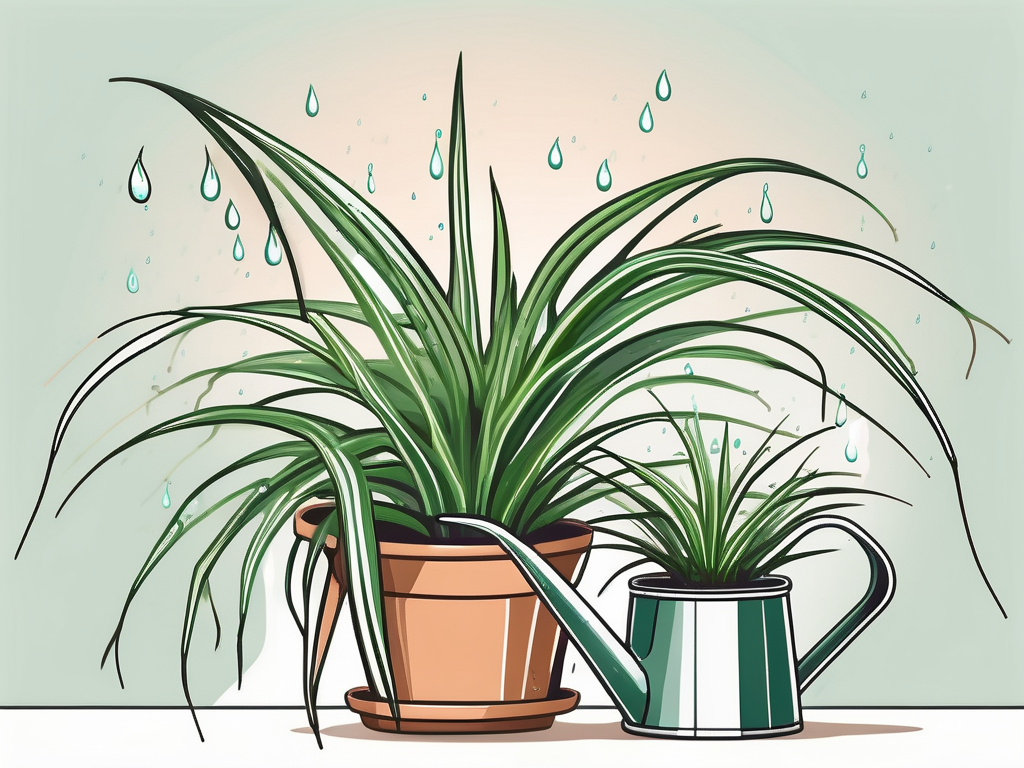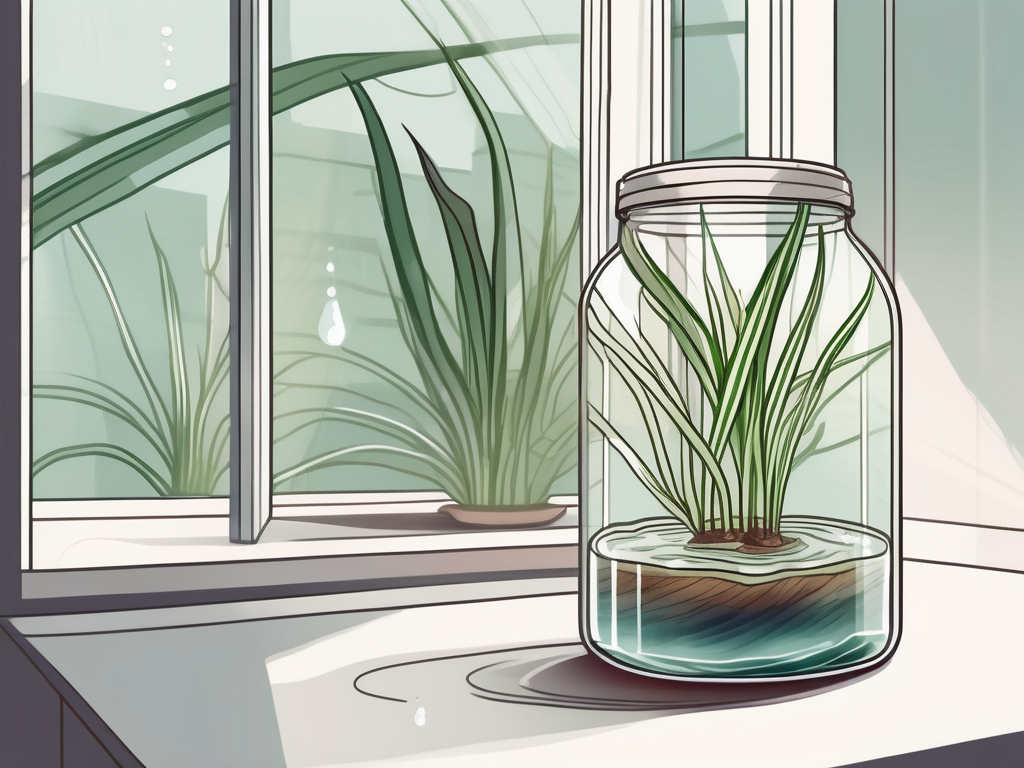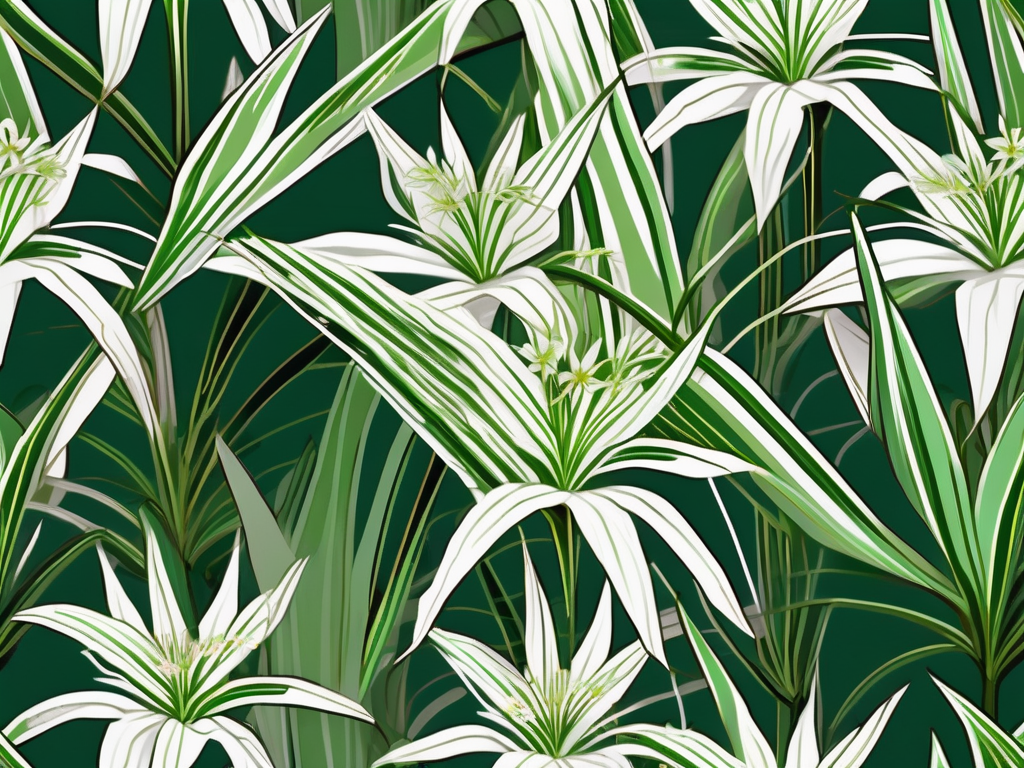
Few houseplants can match the charm and resilience of the green spider plant. With its cascading foliage and tiny white flowers, it's no wonder this plant is a favorite among many plant people. However, the green spider plant offers more than just aesthetic appeal; it boasts a reputation for being easy to care for, making it perfect for beginners and seasoned plant parents alike.
This article will guide you through the beauty and care of the green spider plant flower. We’ll explore how to make the most of its visual appeal in your home, provide simple care tips, and address any common issues you might encounter. So, whether you're looking to add a touch of nature to your living room or want to learn more about this beloved houseplant, you’re in the right place.
The Visual Appeal of Green Spider Plant Flowers
Let's start with the basics: what makes the green spider plant flower so captivating? It's not just about the flowers themselves, which are small and star-like but also about how they complement the plant's overall appearance. Spider plants are known for their arching leaves that can grow up to 12-16 inches long. These leaves create a dynamic, flowing look that works beautifully in hanging baskets or on high shelves where they can cascade freely.
The flowers emerge from long stems, known as stolons, that shoot out from the main plant. These stolons also produce plantlets or "pups," tiny replicas of the mother plant, which dangle like little green jewels. This feature not only adds to the aesthetic but also provides an easy way to propagate new plants.
In terms of color, the flowers are usually white, though some varieties may have greenish tinges. While they're not large or particularly showy, they add a delicate touch that enhances the overall appearance of the plant. This subtle beauty makes the spider plant a versatile addition to any home decor style, from minimalist to bohemian.
Choosing the Right Spot for Your Spider Plant
Now that you’re enchanted by its beauty, where should you place your green spider plant to let it thrive? Finding the right spot is crucial, not just for the health of the plant but also for maximizing its decorative appeal.
Spider plants are incredibly adaptable, but they do have preferences. Ideally, they enjoy bright, indirect light. Placing them near a north or east-facing window often works well. Direct sunlight can be too harsh, causing the leaves to scorch, while too little light can slow growth and reduce the vibrancy of the leaves.
Consider the temperature, too. Spider plants prefer a moderate climate, around 65-75°F (18-24°C). They dislike sudden temperature changes, so keep them away from drafty windows or air conditioning vents. If you're placing your plant outside during warmer months, make sure it's in a shaded area to avoid direct sun exposure.
Humidity isn't a massive concern with spider plants, but they do appreciate a bit of moisture in the air. If your home is particularly dry, especially in winter, a light misting now and then can help keep the leaves healthy and lush.
Watering Your Green Spider Plant
When it comes to watering, spider plants are quite forgiving. However, knowing when and how to water them can make all the difference in their health and appearance. Overwatering is one of the most common issues plant lovers face, so it's essential to get it right.
Spider plants like to dry out slightly between waterings. A good rule of thumb is to water them when the top inch of soil feels dry to the touch. Depending on your home's environment, this might be every week or every two weeks. In the winter months, when the plant's growth slows down, you can reduce watering even further.
Always use a pot with drainage holes to prevent water from pooling at the bottom, which can lead to root rot. If you notice the tips of the leaves turning brown, it might be a sign of overwatering, or it could be due to a build-up of salts from tap water. If this happens, try using distilled water or allow tap water to sit out overnight before using it.
Remember, it's better to err on the side of underwatering than overwatering. Spider plants can recover more easily from too little water than from too much.
Feeding Your Spider Plant
While spider plants aren't heavy feeders, they do benefit from a little extra nutrition, especially during the growing season, which is typically spring and summer. A balanced, all-purpose liquid fertilizer works well.
Feed your plant every 4-6 weeks during these active growth periods. Be careful not to over-fertilize, as this can lead to salt build-up in the soil, which might harm the plant. If you're noticing leaf tips turning brown despite proper watering, it could be an indication that there's too much fertilizer in the soil.
Interestingly enough, organic options like compost tea or fish emulsion can be excellent alternatives if you're looking for a more natural approach. These organic fertilizers provide nutrients without the risk of chemical build-up, and many plant parents find them to be an effective way to keep their spider plants healthy.
Dealing with Pests and Problems
Spider plants are relatively pest-resistant, but like any houseplant, they can occasionally face issues. Common pests include spider mites, aphids, and scale. If you notice small webs, sticky residue, or tiny insects on your plant, it's time to take action.
A simple solution of water and mild dish soap can be effective for washing off most pests. Mix a few drops of soap in a spray bottle filled with water, and gently spray the affected areas. Make sure to rinse the plant well afterward to remove any soap residue.
For more persistent infestations, insecticidal soap or neem oil can be used. These treatments are generally safe for indoor plants and can help manage pests without harming the plant. Always follow the instructions on the product label to ensure you're using it correctly.
If you're dealing with leaf discoloration or other non-pest-related issues, consider environmental factors like light, water, and humidity. Adjusting these conditions often resolves the problem, bringing your spider plant back to its full glory.
Propagating Spider Plants
One of the joys of owning a spider plant is how easy they are to propagate. The plantlets or "pups" that grow from the stolons can be rooted to create new plants, a delightful way to expand your indoor garden or share with friends.
To propagate, simply cut a pup from the mother plant, making sure it has small roots already forming. You can root these pups in water or plant them directly into soil. If you choose water, place the pup in a glass with enough water to cover the roots, and wait for it to develop a more established root system before planting it in soil.
When planting directly in soil, use a small pot with fresh potting mix. Water the soil lightly and place the pot in a bright, indirect light location. Within a few weeks, the pup should take root and begin to grow on its own.
Propagation not only allows you to multiply your spider plant collection but also helps rejuvenate the mother plant by reducing its energy expenditure on the pups.
Using Spider Plants in Interior Design
Incorporating spider plants into your home decor is both fun and rewarding. Their arching leaves and cascading pups make them perfect for adding a touch of green to any space.
Consider placing spider plants in hanging baskets to maximize their trailing effect. Hang them in corners or near windows to draw the eye upwards and create a sense of depth and dimension in the room. Spider plants also look fantastic on high shelves or plant stands where they can cascade freely.
Their lush, green leaves contrast beautifully with white walls or lighter-colored decor, while their simple form complements a variety of interior styles, from modern to rustic. If you're feeling creative, mix spider plants with other houseplants of different shapes and textures to create an engaging, layered look.
Spider plants can also serve as natural air purifiers, making them a functional addition to bedrooms or home offices. They help remove toxins like formaldehyde and xylene from the air, contributing to a healthier indoor environment.
Seasonal Care for Spider Plants
While spider plants are easy-going, they do appreciate a bit of seasonal attention to keep them thriving year-round. In the spring and summer, focus on growth and feeding by providing plenty of light and regular, but not excessive, watering. Fertilize occasionally to support new growth.
In the fall and winter, as the plant's growth slows, reduce watering frequency and hold off on fertilizing. This rest period helps the plant conserve energy and prepares it for the next growing season.
If you live in a climate with harsh winters, you might want to move your spider plant away from cold drafts and ensure it's not sitting too close to a heat source, as both can stress the plant.
Finally, keep an eye on humidity levels. Winter heating can dry out indoor air, so consider using a humidifier or misting your plant occasionally to maintain a comfortable environment.
Repotting Your Spider Plant
Every couple of years, your spider plant will likely outgrow its pot and need repotting. Signs that it's time for a new home include roots growing out of the drainage holes or the plant looking crowded and stunted.
When repotting, choose a pot that is one size larger than the current one and use fresh potting soil. Gently remove the plant from its pot, being careful not to damage the roots. Loosen any tightly bound roots and trim any that appear dead or rotten.
Place the plant in its new pot, fill it with soil, and water it thoroughly. Repotting is best done in the spring when the plant is entering its active growth phase, as this gives it the best chance to adapt and thrive in its new environment.
After repotting, monitor your plant closely to ensure it's adjusting well. With a little care, your green spider plant will continue to be a vibrant, beautiful part of your home for years to come.
Final Thoughts
The green spider plant is a delightful addition to any home, offering beauty and ease of care. From finding the perfect spot to managing pests and propagation, there's a lot to appreciate about this versatile houseplant.
At Cafe Planta, we're passionate about helping you care for your plants. We offer a wide variety of houseplants, plant care accessories, and plant-themed apparel. If you have any questions, feel free to email us or send a message on Instagram. We believe that plants bring us closer to nature and each other, and we're excited to help you on your plant journey.


















